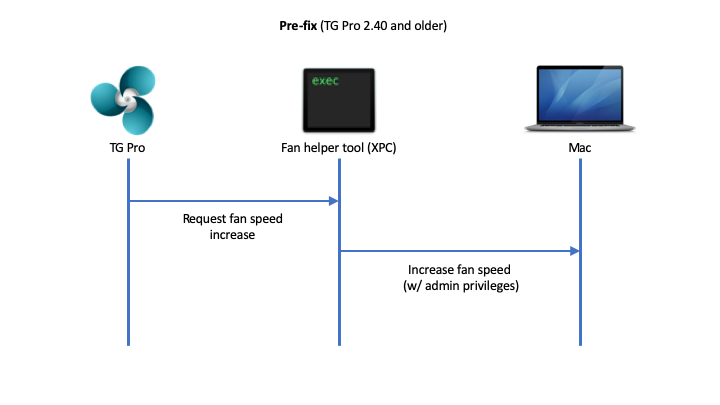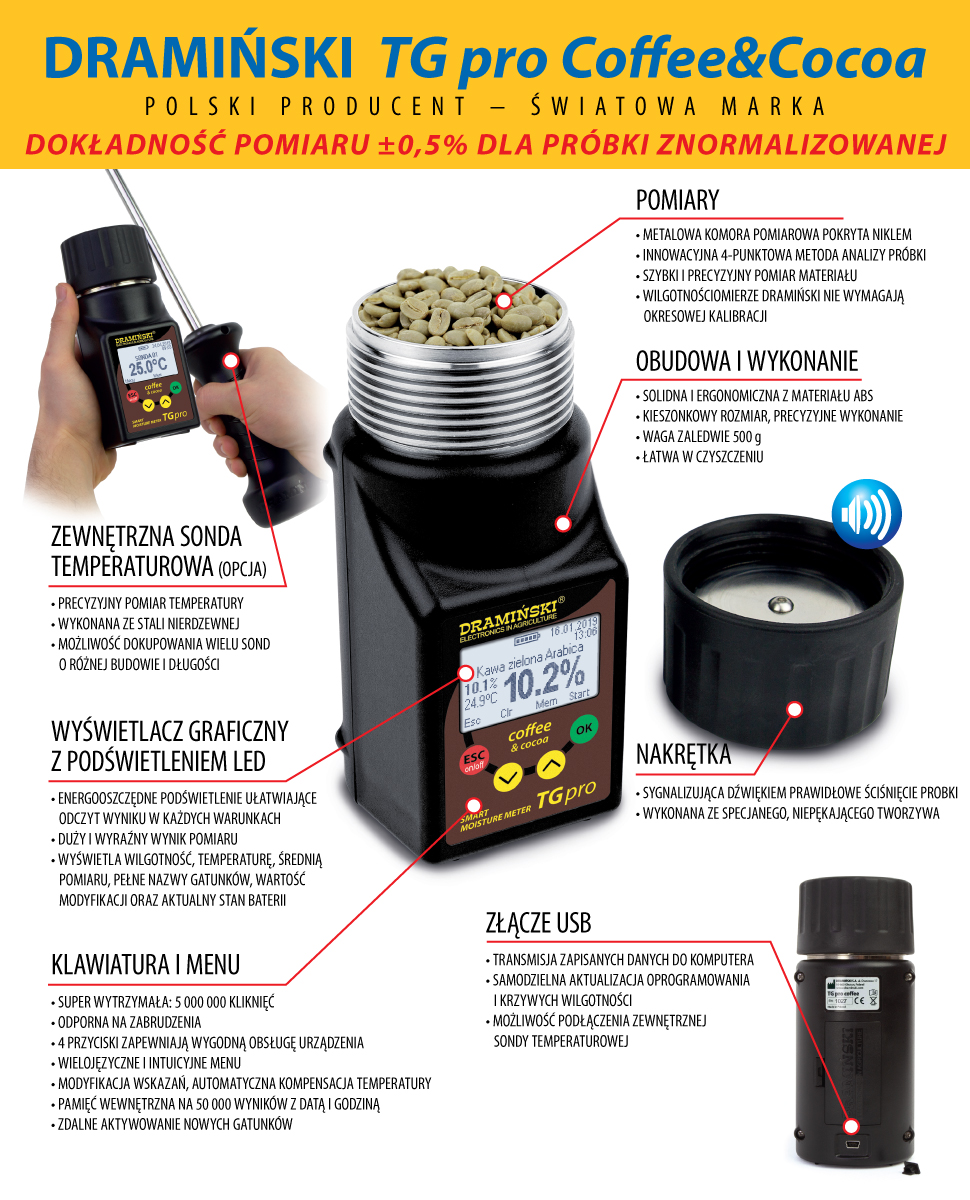



LayerLock Powder-Coated PEI - A textured, flexible build surface that can add a unique look to your 3D prints.Let's take a look at each surface individually: If you're having difficulty, bump the temperature up by 5☌ at a time until adhesion improves.Īs for the bed surface itself, you have quite a few options to work with, keeping in mind that it's not an exhaustive list, just the big players.
#Trick tg pro builds free#
50% is the maximum you will need for extreme overhangs or short layers, otherwise you are free to leave the fan off for the best layer adhesion possible.įor the best chance of success, you will want to make sure you have a heated bed set to 65☌. Some PETG is more warp-prone than others, so higher temperatures may be required to give them enough adhesion to the bed. Layer cooling is only occasionally necessary. This does depend on the 3D models actually being printed, as moderately sized models can be printed without cooling and come out beautifully, but tall and thin models with short layer times may need some gentle cooling to hold its shape. An easy way to avoid these concerns is to swap over to an Olsson Ruby nozzle or a Nozzle X when you want to use these materials. Sparkly filament isn't abrasive despite having non-PETG material in it, but it's common to add carbon-fiber to increase the stiffness and strength of the finished 3D prints, which is extremely abrasive. In general, PETG is non-abrasive, but once you start playing with additives it becomes a case-by-case basis.
#Trick tg pro builds full#
For the most part, PETG does require an all-metal hotend to be able to tune your filament to its fullest, as in while you may have successful prints at 240☌, you don't achieve full strength until 255☌. PETG's printing temperature is right at the threshold of the temperature that PTFE begins to degrade, so some 3D printers might be able to get away with lower-temperature PETG filaments that have an ideal temperature at 240☌ or less.

Some 3D printers utilize a PTFE (teflon) lined hotend as it is easier to manufacture than a hotend that is all-metal from the heatsink to the nozzle. Essentially, start with 245☌ and play around with 5☌ higher or lower to find the ideal print quality for you. Some have additives that bring their printing temperature significantly lower while others bring the temperature significantly higher. There are many variations to the PETG formula, which makes specifying one temperature to print at a difficult claim. Or you can design a part that needs to rigidly hold something else without being too difficult to insert, like a bearing holder on a 3D printer part. Snap fit enclosures, where small tabs bend out of the way and snap into a channel once a lid is fully pressed in place, are a beautiful opportunity to utilize PETG. With PETG you can also take that ductility and use it in the design of some purposefully flexible geometry. It's the different of printing a PETG shelf bracket that's starting to droop and a PLA shelf bracket that dumps your books onto your desk and monitors. In contrast, PETG will bend a little before it breaks, so you can see a failure before it happens. Where PLA may be able to withstand more force without breaking, when it hits the threshold where it'll break it is very sudden and without warning. If you're used to printing with PLA, then you might not have considered a unique attribute of PETG: that it's ductile. In terms of print settings, across all these variants they will be approximately the same, with some minor tweaks here and there to reduce stringing or improve layer adhesion. This can make it seem like these are many different filaments when in reality they are just slight variations in the formula to create a material that is more translucent, stronger, or more flexible. You’ll often see references to PETG in one of the following forms: PET, PETG, PETT, and many others. When used as a 3D printing filament, PETG has found its home as the more accessible "durable 3D printing filament" due to its relatively stable 3D printing properties that make it easy to print and yet capable of being in low-heat or high-strength environments. Basically any clear plastic bottle is going to be made of PET (Polyethylene Terephthalate) or PETG (Polyethylene Terephthalate with a glycol modifier) and in fact many consumer 3D printers utilize PETG or some derivative to makeup their 3D printed structural components. PETG is an extremely common polymers used today that you likely encounter without even realizing it.


 0 kommentar(er)
0 kommentar(er)
